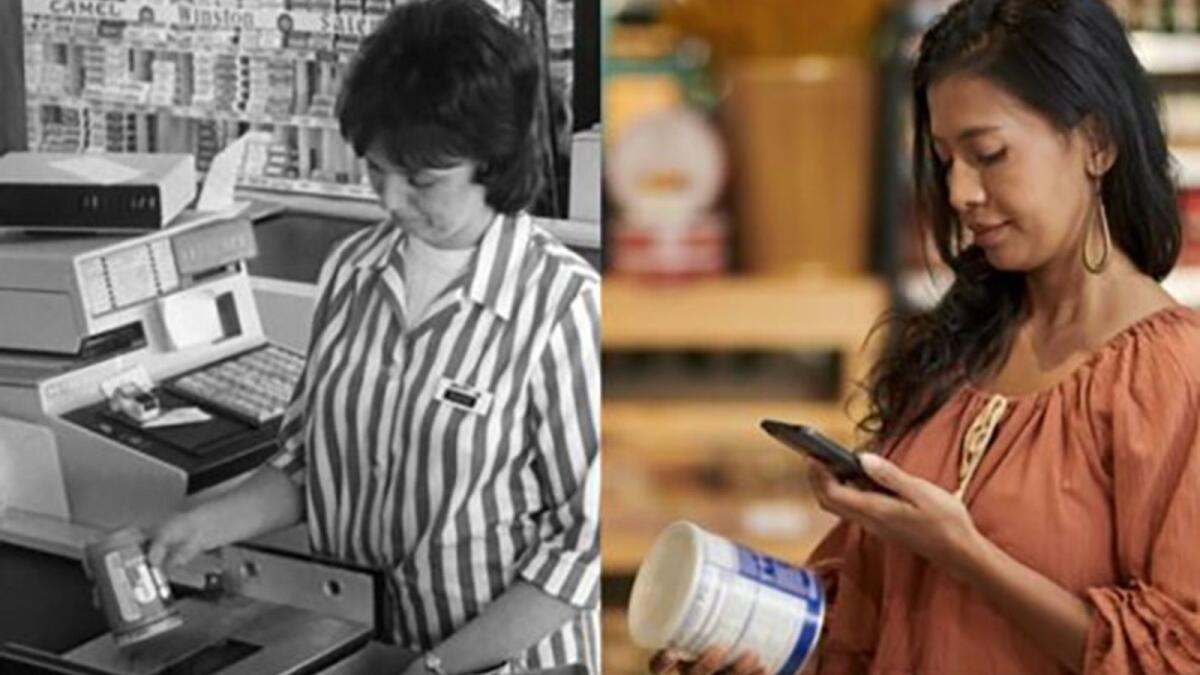In 1974, the original barcode made its first scan, marking a milestone in the collaboration between retailers and manufacturers through GS1. Over the years, this technology has become a universal method for product identification, with over 1 billion items carrying barcodes scanned more than 10 billion times daily. Now, on the 50th anniversary of the barcode, industry champions are advocating for the global adoption of QR Codes with GS1 standards, which offer a wealth of product information accessible via smartphones, revolutionizing the consumer experience.
QR Codes powered by GS1 offer extensive product information such as usage and recycling instructions, safety details, nutritional information, and industry certifications. This technology allows brands to share additional information like video tutorials, style advice, or suggested recipes, enhancing the consumer experience beyond what traditional barcodes can provide. The shift to QR Codes with GS1 standards is supported by industry giants like Carrefour and Procter & Gamble, who see the potential for a more transparent and engaging shopping experience.
Companies need to adapt their internal technology and processes to incorporate QR Codes with GS1 standards effectively. This gradual transition allows businesses to plan changes at their own pace, ensuring a smooth integration. With increasing consumer demand for sustainability and transparency, QR Codes powered by GS1 can also connect consumers to information about a product’s origins, components, carbon footprint, and recycling instructions, driving forward sustainability goals in the industry.
The widespread adoption of QR Codes with GS1 standards is expected by the end of 2027, following a coordinated effort between manufacturers and retailers. Manufacturers are encouraged to implement QR Codes on product packaging, while retailers should ensure their point of sale scanners can read the new barcodes. This collaborative industry initiative aims to advance global standards for efficiency, safety, and sustainability, with the potential to reshape the retail and consumer goods industries worldwide.
As the transition to QR Codes with GS1 standards takes place gradually around the world, companies that embrace this change sooner will be better positioned to unlock new capabilities and benefits for their customers and consumers. With the technology already being tested in 48 countries worldwide, representing 88% of the world’s GDP, the future of retail is set to be transformed by QR Codes powered by GS1. By providing more detailed product information and enhancing the consumer experience, this second barcode revolution is poised to reshape the way we shop, eat, and live.











